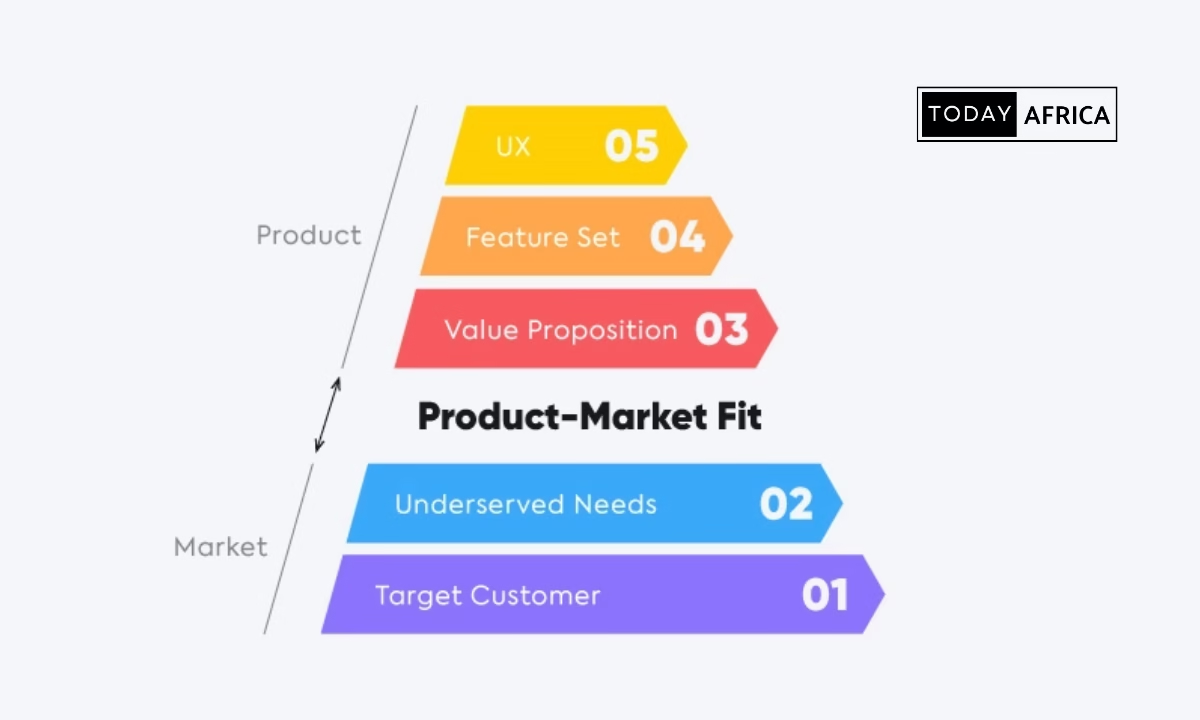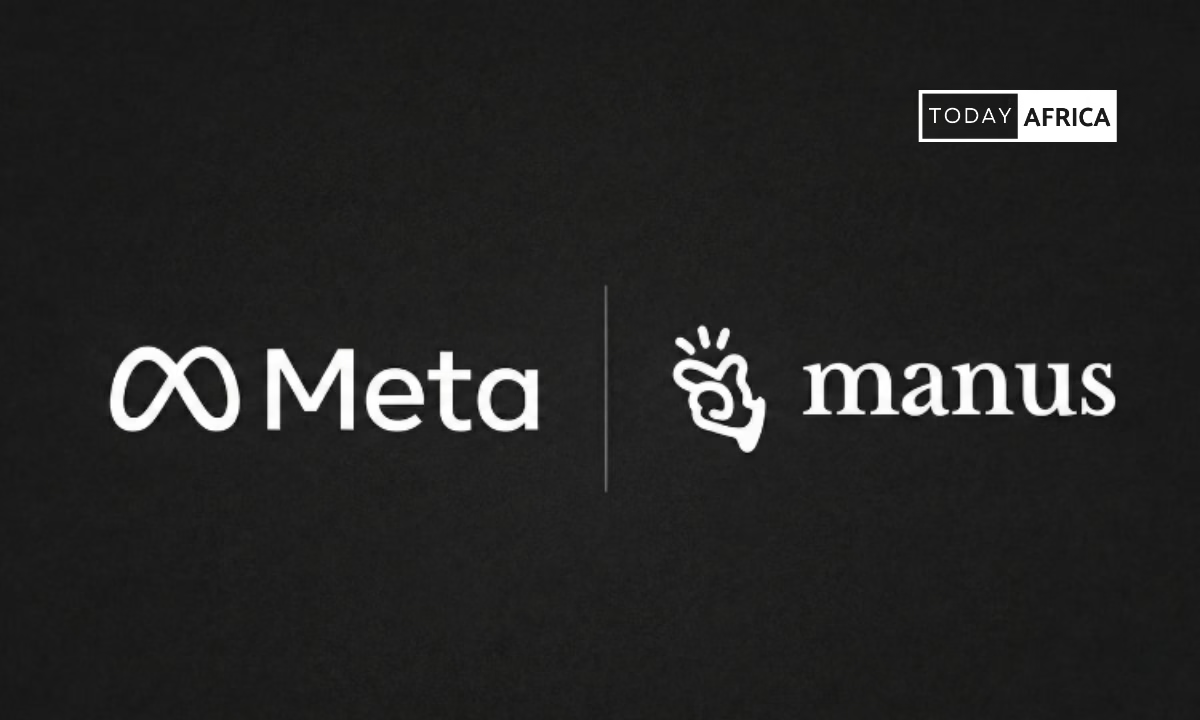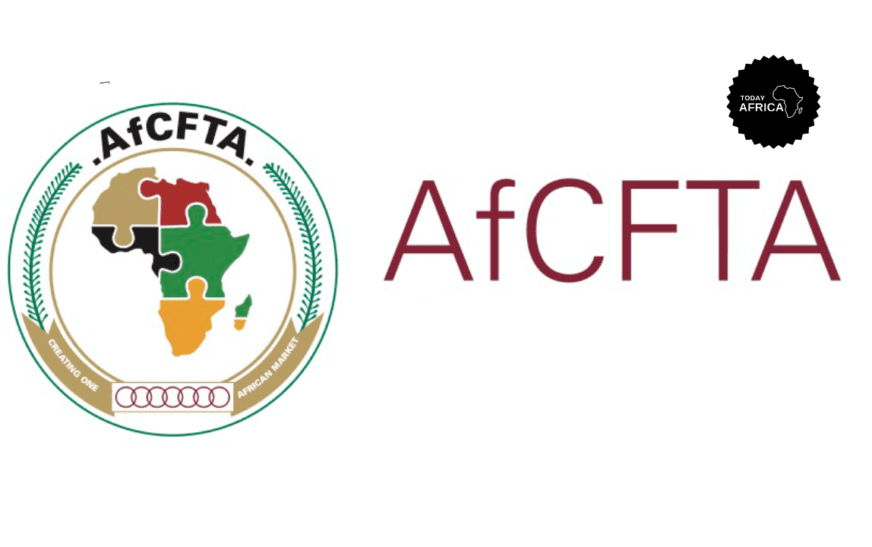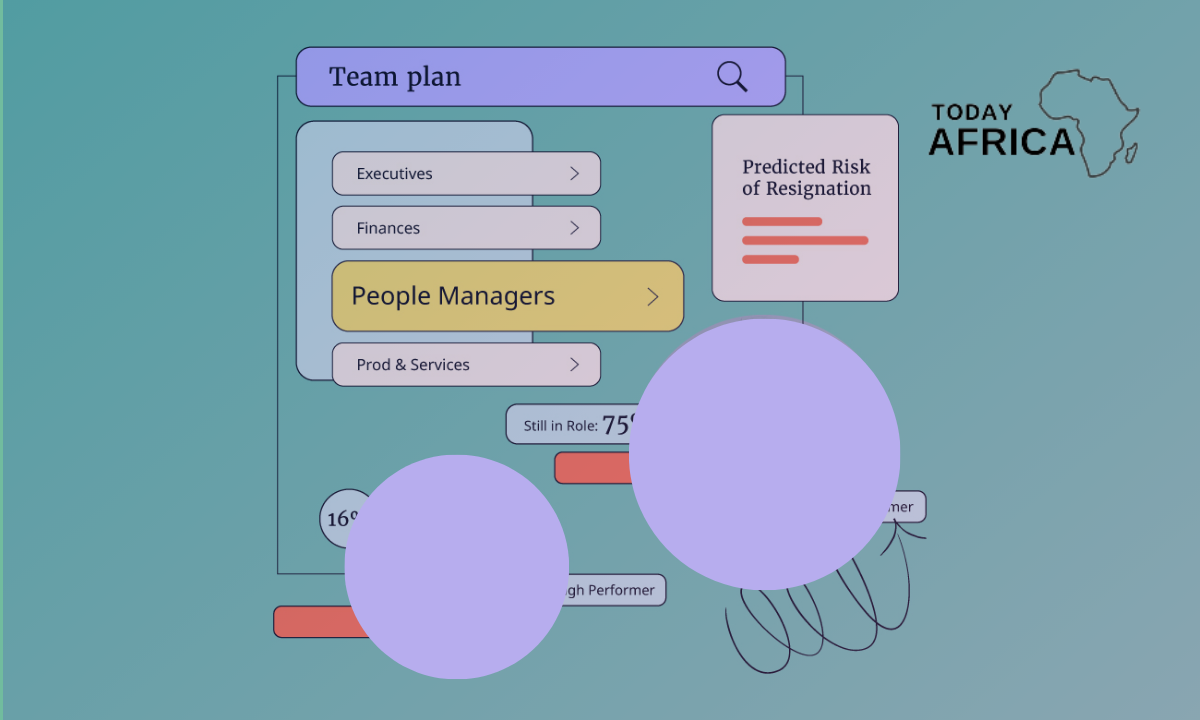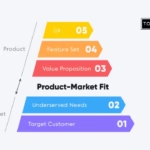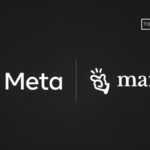Cash flow is the lifeblood of your business or personal financial plans that acts as a roadmap.
Helping you navigate income and expenses to ensure you have enough money to cover your obligations. However, even the most detailed plan can fall short.
So in this blog post, you’ll learn the reasons cash flow plans sometimes don’t work and explore strategies to strengthen them.
What Are the Reasons Cash Flow Plans Sometimes Don’t Work
Inherent limitations of forecasting
1. The future is unpredictable: At its core, a cash flow plan is a forecast. It predicts future income and expenses based on historical data and current trends. The problem? The future is inherently unpredictable. Unexpected events like economic downturns, changes in customer behavior, or sudden repairs can throw your projections off track.
2. Lack of considerations for fluctuations: Cash flow often fluctuates naturally. Sales might be seasonal, or clients might pay inconsistently. A cash flow plan that doesn’t account for these fluctuations with a buffer can leave you vulnerable when income dips below expectations.
3. Inaccurate data: Garbage in, garbage out. A plan built on inaccurate financial data will inevitably lead to inaccurate projections. This can happen due to human error when entering data or failing to account for all income streams and expenses.
Planning pitfalls
1. Overly optimistic assumptions: It’s tempting to be overly optimistic when mapping out your future income. Building in unrealistic sales projections or underestimating expenses can create a false sense of security and leave you unprepared for shortfalls.

2. Lack of detail: A plan that’s too broad can be misleading. For a cash flow plan to be truly effective, it needs to be detailed. This means including all anticipated income sources, categorizing expenses by type and frequency, and factoring in upcoming loan payments, taxes, and potential one-time costs.
3. Not updating regularly: The world is constantly changing, and so should your cash flow plan. Failing to update the plan with actual income and expenses creates a disconnect from reality. Regularly reviewing and revising your plan based on current data is crucial.
Implementation issues
7. Lack of discipline: Even the best cash flow plan is useless if it’s not followed. Sticking to your budget and managing your spending according to the plan is essential. This requires discipline and a commitment to avoiding impulse purchases or unnecessary expenses.
8. Unforeseen expenses: Life throws curveballs. Unexpected expenses like car repairs or medical bills can derail your plan. Having an emergency fund can help mitigate the impact of these unforeseen events and prevent your cash flow from spiraling out of control.
9. Ignoring warning signs: A well-maintained cash flow plan is a powerful early warning system. If you start noticing consistent shortfalls or deviations from your projections. It’s a red flag that you need to adjust your spending or explore additional income sources. Ignoring these warning signs can lead to a financial crisis.
10. Lack of collaboration: In a business setting, a cash flow plan is only as strong as the team’s commitment to it. If different departments don’t collaborate on creating and adhering to the plan, discrepancies can arise, leading to inaccuracies and inefficiencies.
Strategies for Strengthening Your Cash Flow Plan
1. Embrace flexibility: Build in buffer zones in your plan to account for unexpected fluctuations. Consider using scenario planning to explore different possibilities, such as a best-case, worst-case, and most likely scenario.
2. Track your actuals: Regularly monitor your actual income and expenses compared to your projections. This allows you to identify variances and adjust your plan accordingly.

3. Revisit and revise: Schedule regular reviews of your cash flow plan. At least quarterly, but ideally more frequently, re-evaluate your projections based on current data and adjust as needed.
4. Open communication: For businesses, fostering open communication between departments is critical. Ensure everyone involved understands the cash flow plan and its importance for financial health.
5. Build a cash reserve: Having an emergency fund provides a safety net for unexpected expenses. Aim to save 3-6 months’ worth of living expenses or operating costs to buffer against disruptions.
6. Prioritize needs over wants: Cash flow plans help you distinguish between needs and wants. By prioritizing essential expenses, you ensure your plan remains realistic and sustainable over time.
7. Explore additional income streams: If your cash flow plan consistently reveals shortfalls, consider exploring ways to increase your income. This could involve taking on a side hustle, negotiating a raise, or finding ways to reduce business expenses.
Conclusion
Cash flow plans are essential tools for financial health. By understanding the reasons why they can sometimes falter and by implementing strategies for increased accuracy and adaptability. You can create a cash flow plan that serves as a reliable financial compass. Remember, a cash flow plan is not a guarantee. But a roadmap that requires ongoing monitoring and adjustments to navigate the ever-changing financial landscape.
Today Africa Studios – We interview successful entrepreneurs and professionals and share the stories behind their business.


